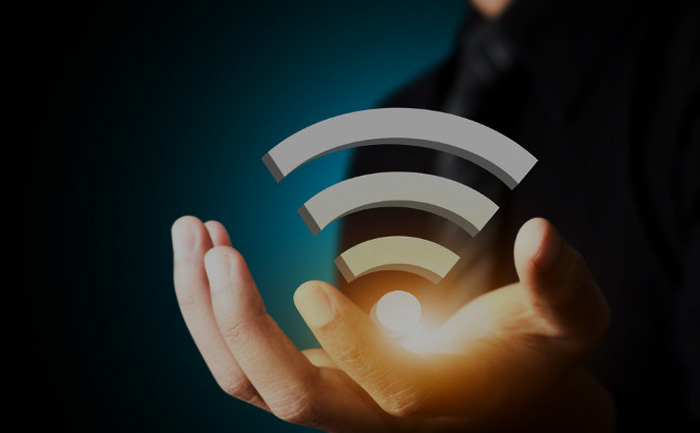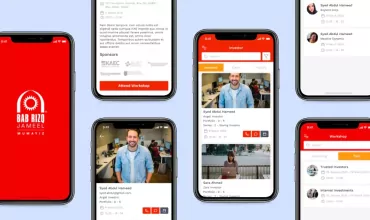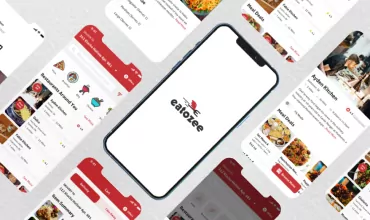All You Need to Know about Li-Fi: Technology that Offers Broadband at Lightning Speed

Table of Contents
Wi-Fi has been acted as a powerful product of wireless technology to offer faster broadband access in Local Area Network (LAN) for long. Nowadays, wireless technology passes through the transition between Wi-Fi and a new, light-based technology for offering the high-speed wireless communication.
Li-Fi: Not as new as you think
An Edinburgh University (UK) professor Harald Haas is widely acclaimed as the founder of this lightning fast technology Li-Fi (Light Fidelity). He coined this term while working on Edinburgh IDC’s (Institute for Digital Communications) D-Light project between the years 2010 to 2012.
Li-Fi is a specific technology that works under the concept of VLC (Visible Light Communication). After being restricted to both education and research domains for a long time, the technology finally sees the light of day when recently an Estonian startup Velmenni tested its commercial implementation and found that it would be superior to Wi-Fi in many ways.
It is going to change your broadband experience
Jungru, a technology developed by Velmenni for making Li-Fi more practical, uses an LED bulb to transmit data. As per the BBC report, it has a theoretical speed of 224 gigabytes per second. Velmenni is now working on making the commercially viable product. We can expect that the final product would change our broadband experience as it is said to be capable of delivering broadband hundred times faster than existing Wi-Fi technology.
Wait for 3 to 4 years is worth
Velmenni believes that this lightning fast communication technology would be available for public use over the next 3 to 4 years. This wait is worth as it would require just an LED bulb to get way fast Internet access, and there would be no radio signals interference.
Right now, Velmenni works on improving capacity utilization to validate the higher unit costs generated due to costly optical detectors and continuous switching on of LEDs.
A word of caution
Sunlight and other odd conditions can distort the signals transmitted through Li-Fi. Also, its use is restricted to an area not separated by walls because visible light cannot travel through walls. Of course, these are a few drawbacks of this revolutionary technology, but when it comes to speed and performance, nothing can beat Li-Fi.
It is interesting to see that how tech companies will address these pitfalls while offering us the fastest broadband access. Until then, Wi-Fi with router is here to stay.



